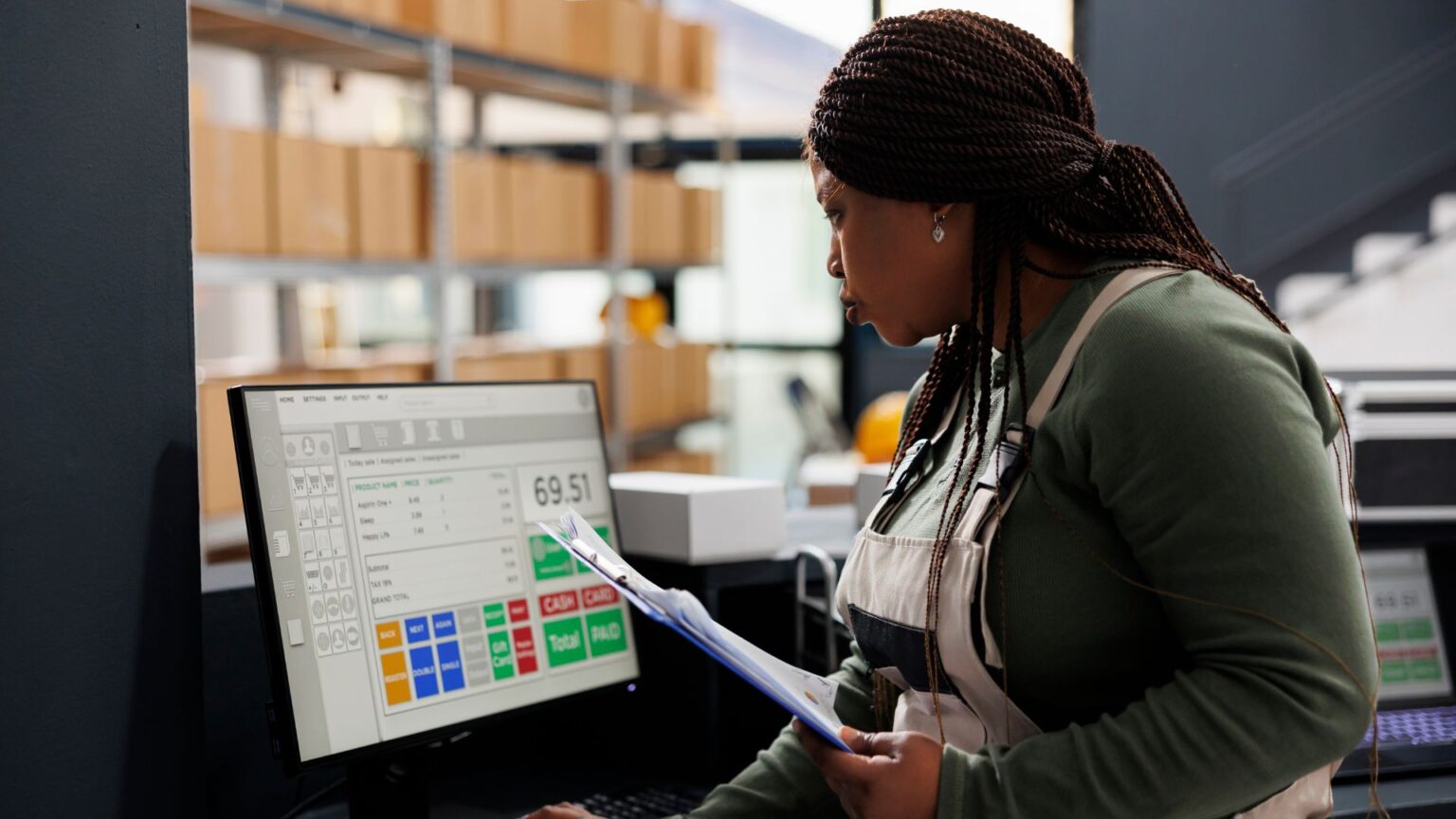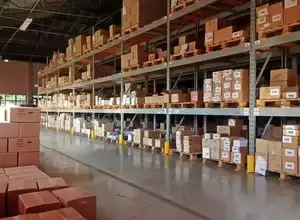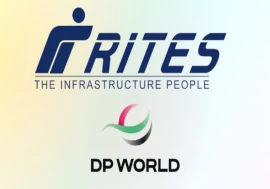Urban logistics plays a vital role in the modern economy, enabling the movement of goods through densely populated areas. However, the complex structure of cities presents unique challenges for transportation, especially in an age where consumers expect rapid, often same-day, delivery. Addressing these challenges requires innovation and adaptation. Here, we’ll examine some of the primary hurdles urban logistics faces and explore potential strategies to overcome them.
1. Congestion and Limited Road Infrastructure
City streets are often congested, especially during peak hours, leading to delays in delivery schedules. Increasing vehicle numbers and infrastructure limitations create bottlenecks, and in turn, delivery inefficiencies. Traditional logistics models struggle in these environments, leading companies to explore alternative solutions.
Solution:
Implementing time-sensitive delivery windows can help by scheduling deliveries during off-peak hours, reducing traffic and making routes more predictable. Micro-hubs located in key urban areas can also assist, allowing goods to be stored closer to delivery points, reducing the distance that vehicles need to travel. Additionally, dynamic routing technologies help adjust routes in real-time based on current traffic conditions.
2. Environmental Concerns and Emission Regulations
Many cities are adopting stricter environmental regulations, such as low-emission zones, to reduce air pollution. While beneficial for the environment, these regulations can restrict traditional delivery trucks, forcing companies to look for cleaner, more sustainable transport options.
Solution:
To align with these requirements, logistics companies are increasingly adopting electric vehicles (EVs) and bicycles for last-mile delivery. EVs produce zero emissions at the point of use, making them ideal for urban areas with stringent pollution controls. Additionally, cities with good cycling infrastructure allow cargo bikes to deliver packages efficiently while navigating narrow streets and bypassing heavy traffic.
3. Last-Mile Delivery Costs
The “last mile” — the final leg of delivery from a distribution hub to the consumer — is notoriously expensive and inefficient in urban logistics due to factors like high labor costs, congestion, and delivery density. Failed delivery attempts only exacerbate these costs, leading to higher expenses for companies.
Solution:
One approach to mitigating last-mile costs is through collaborative delivery models. By partnering with other logistics providers, companies can share resources and consolidate shipments, which optimizes vehicle use and lowers per-delivery costs. Lockers and pick-up points are also becoming popular, allowing customers to retrieve their packages at nearby locations rather than requiring home delivery. This model reduces the number of stops drivers need to make and consolidates deliveries to centralized locations.
4. Space Constraints for Loading and Unloading
Finding a space to park and unload in bustling urban areas can be a logistical nightmare, especially with parking restrictions in busy areas. This leads to delays and, in some cases, fines, increasing the overall cost of urban delivery.
Solution:
Curbside management programs are being introduced in some cities to help manage these issues. These programs designate certain zones for loading and unloading, reducing traffic violations and creating smoother operations. Digital parking platforms can also help by allowing drivers to reserve parking spots near delivery locations ahead of time, saving time and minimizing disruption.
5. Rising Demand for Faster Delivery
With the rise of e-commerce, consumers increasingly expect fast, often same-day delivery. Meeting these demands without overwhelming infrastructure can be challenging for logistics providers, especially in densely populated urban environments.
Solution:
Decentralized warehousing helps bring inventory closer to consumers, reducing the time required for delivery. Using micro-fulfillment centers — smaller, localized warehouses — allows companies to manage high volumes of orders closer to their delivery points. Additionally, predictive analytics can optimize inventory management by forecasting demand accurately, ensuring that high-demand products are readily available close to customers.
6. Safety Concerns
Urban areas come with unique safety challenges, including increased pedestrian traffic, narrow streets, and more complex driving environments. These factors not only slow down delivery but also increase the risk of accidents.
Solution:
Driver training programs that focus on urban navigation, pedestrian awareness, and situational management can help. Additionally, advanced driver-assistance systems (ADAS) equipped with collision avoidance, lane-keeping, and pedestrian detection technologies are proving effective in reducing accidents in urban settings. Companies are also experimenting with autonomous delivery vehicles for safer, more controlled last-mile delivery, though this technology is still in its infancy.
Conclusion
Urban logistics faces a range of transportation challenges that require innovative, flexible solutions. From adopting greener vehicles to using data-driven route planning and decentralized warehousing, companies are exploring numerous strategies to optimize their urban operations. By implementing these solutions, businesses can meet consumer expectations, comply with regulatory demands, and reduce costs, all while contributing to a more sustainable, efficient urban logistics ecosystem.
Navigating the complexities of urban logistics requires continuous adaptation, but with the right mix of technology, collaboration, and policy support, cities and logistics providers can build a more resilient future.







